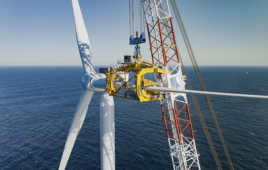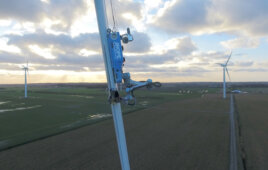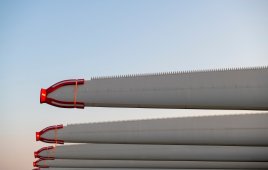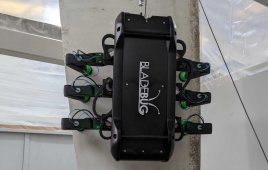As wind turbine blades get bigger, they are increasingly being worn down by weather and by the airborne particles they encounter as they spin at up to 350 km/hour. Producers and owners of wind turbines have been looking for a solution.
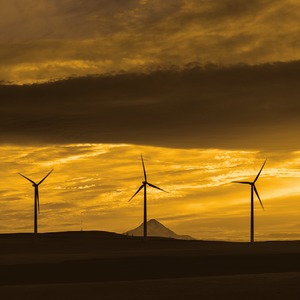
PolyTech has begun production of LEP products and will increase volume in step with the number of blade types introduced with LEP.
After three years of development work, the Danish company PolyTech A/S has launched a new technology – Leading Edge Protection (LEP) – that addresses the wind turbine industry’s need to protect blades against rain and particle erosion. The product has been tested on offshore wind turbines in the North Sea area for more than a year, and test results are very promising.
“The need to protect wind turbine blades against rain and the effect of other impacts has been known in the industry for decades,” says CEO Mads Kirkegaard of PolyTech A/S. “The problem has escalated as wind turbines have gotten bigger and we’ve collected operational experience that has documented the extent of the problem. Because the wind turbine industry is our largest customer group, Polytech has used our knowledge of materials and production practices and put a lot of our development resources into finding a solution. With our LEP technology, we’ve developed polymers with special qualities that can withstand the aggressive environment that wind turbines placed offshore and most onshore environments are exposed to.”
One of the largest development projects in the company’s history
Denmark-based PolyTech is increasingly development-based, with its own production facilities in Denmark and China, as well as a newly established company in the USA. In its development phase, the LEP project involved about 10 engineers and other technicians and is one of the largest single development projects in the company’s history.
“Large and small companies have tried to come up with solutions for the ongoing wear and tear on wind turbine blades. Many wind turbine operators have surface-treated blades every other year or every third year to delay degradation, which is expensive, particularly for offshore wind turbines. It’s now up to us to convince producers and owners that we have developed systems and materials that are durable and resistant to climate conditions, so they can save money and reduce wind turbines’ downtime,” says Kirkegaard.
Production to increase with demand
PolyTech has begun production of LEP products and will increase volume in step with the number of blade types introduced with LEP. At the beginning of 2017, about 300 wind turbines in Denmark and around the world are operating with LEP from PolyTech A/S.
In addition, the company established a branch in Denver, Colorado, to service the U.S. based wind industry and its suppliers with fast delivery of components.
Filed Under: Blades

